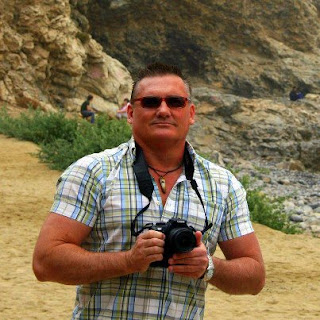Floridians Commemorate World AIDS Day 2011
It all began in June 1981.
A Centers for Disease Control and Prevention surveillance report indicated five healthy, gay men in Los Angeles were diagnosed with a rare lung infection and a puzzling attack on their immune systems. As soon as the CDC published this disturbing report, physicians across the country began reporting similar cases. One hundred twenty-one people had died by the end of 1981.
Thirty years later, those who either have lost their battle with or have been affected by what became known as AIDS have grown to unimaginable numbers. More than 25 million people around the world have died from the virus, while more than 30 million live with HIV. In the United States, 1.2 million Americans live with HIV, while more than 600,000 people have lost their battle to the virus.
More than 56,000 Americans become infected each year, while more than 17,000 people in the United States die from AIDS each year. Twenty percent of those with HIV are unaware of their status, while AIDS has become the leading cause of death for young African American women.
For more than 20 years, World AIDS Day events have been held around the world to raise global awareness to the fight against HIV/AIDS, to highlight strategies that effectively reduce new infections, to promote additional research, prevention strategies and access to medical treatment and to reduce AIDS-related deaths in the United States and around the world.
A number of World AIDS Day commemorations took place across the Sunshine State. An AIDS Memorial Quilt ceremony took place in Miami, while a candlelight vigil and walk were held in Wilton Manors. A wellness fair took place in St. Petersburg, while the Red Ribbon Run was held at the Lowry Park Zoo in Tampa. HIV/AIDS providers also organized services, commemorations and vigils in Brevard, Lake, Martin, Orange, Osceola, St. Lucie, Seminole and Volusia Counties.
Florida has the country’s third highest HIV prevalence rate-the state’s Department of Health Bureau of HIV/AIDS indicates roughly 100,000 Floridians currently live with the virus. Forty-nine percent of those with HIV in the Sunshine State are African American, compared with 30 percent who are white and 19 percent who are Latino.
State health officials marked World AIDS Day with a virtual memorial, which they said "serves as a remembrance for those who died of the disease." Visitors to the We Make The Change Virtual Memorial website could add a loved one’s name to the virtual memorial or submit a virtual quilt square with a 100-character message.
Florida Sen. Bill Nelson and Sir Elton John, founder of the Elton John AIDS Foundation, also co-wrote an op-ed in Politico.com highlighting the plight of Floridians with HIV. According to their article, one in every 205 white men, one in every 113 Latino men and one in every 42 African American men in the Sunshine State are positive.
"In these difficult times, we must not lose sight of the fact that prevention and care remain a critical weapon against this epidemic - which is why we must have affordable and accessible treatment for those living with HIV/AIDS," wrote Nelson and John, noting that President Barack Obama this spring asked Congress to approve $940 million in spending on AIDS medication programs for the next fiscal year. A key Senate appropriations subcommittee recently approved $900 million.
"In the days ahead, Congress will have to decide," added Nelson and John. "On this issue, we see no reason to argue - and there’s precious little time to wait. This isn’t a partisan issue."
______
______
Steven Skelley is a published author of several nonfiction works and the novella The Gargoyle Scrolls. He has been a newspaper columnist, travel writer, news writer, ordained minister, music director, creative arts director, theater reviewer and tennis instructor.


